Where Nature Meets Culture
Explore Uganda’s wild beauty and timeless traditions.
Uganda is home to several traditional kingdoms, which play cultural and ceremonial roles rather than political or administrative ones. These kingdoms were restored in the 1990s by the Ugandan government after being abolished in 1967. Here is a list of the recognized traditional kingdoms in Uganda:
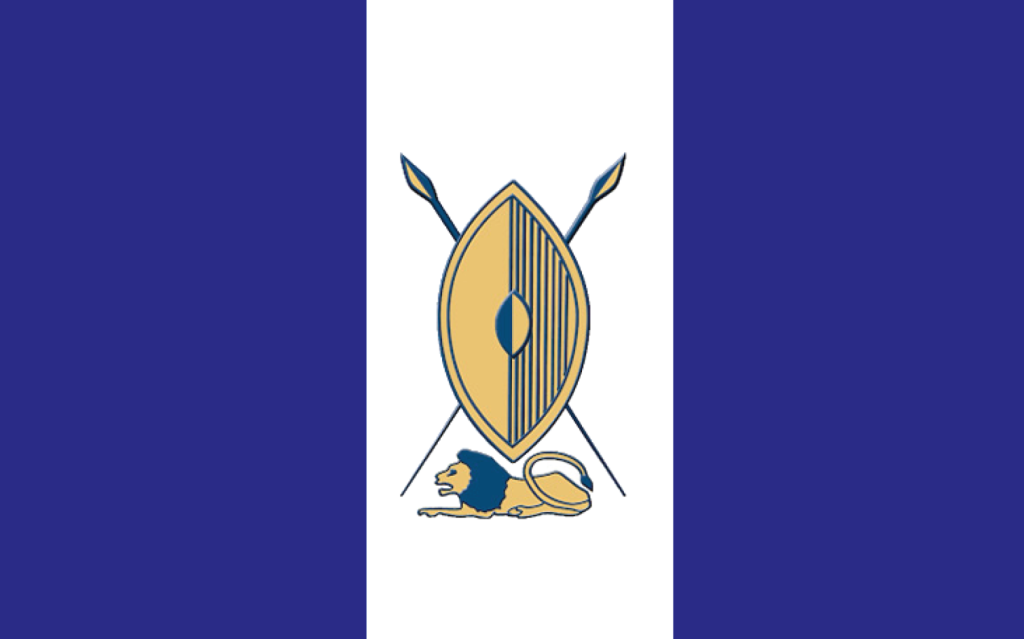
Buganda Kingdom
Buganda Kingdom, the largest and most influential traditional kingdom in Uganda, is rich in history, culture, and heritage. Located in central Uganda, it offers unique tourism experiences rooted in centuries-old traditions of the Baganda people. Tourists can explore iconic sites like the Kasubi Royal Tombs.
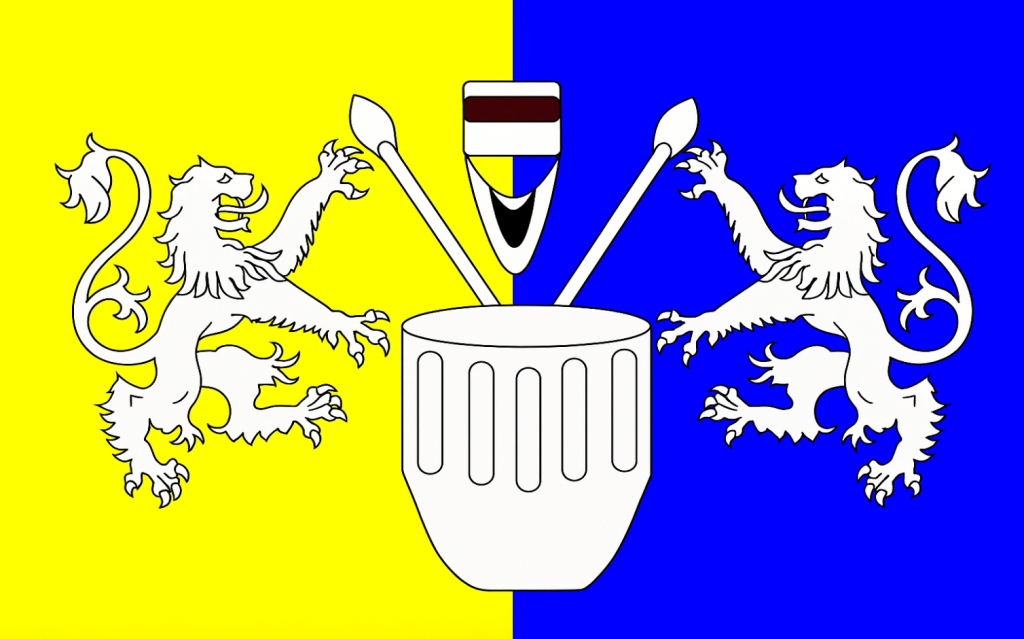
Tororo Kingdom
Tororo Kingdom, located in Eastern Uganda, is a culturally rich and historically significant Bantu kingdom of the Jopadhola people. Though not as widely known as Buganda or Bunyoro, Tororo offers a unique blend of heritage and natural beauty, for cultural tourism. One of the kingdom’s major attractions is Tororo Rock.
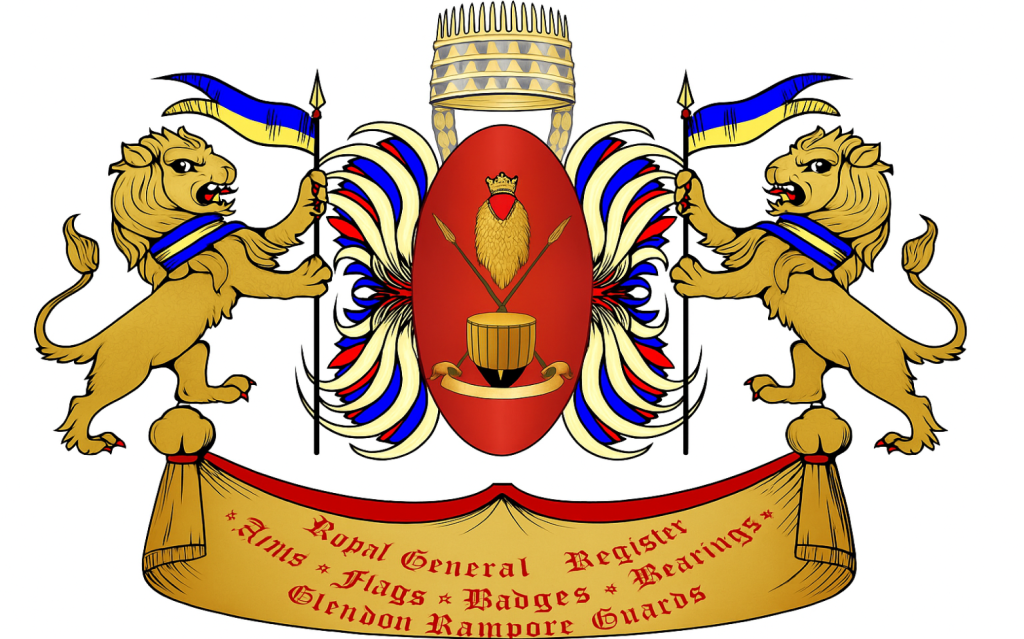
Bunyoro-Kitara Kingdom
The Bunyoro-Kitara Kingdom, one of Uganda’s oldest and most culturally rich kingdoms, is located in the western part of the country. Once a powerful empire in East Africa, it is home to the Babiito dynasty and ruled by the Omukama (king). This kingdom gives tourists a chance to experience traditional monarchy.
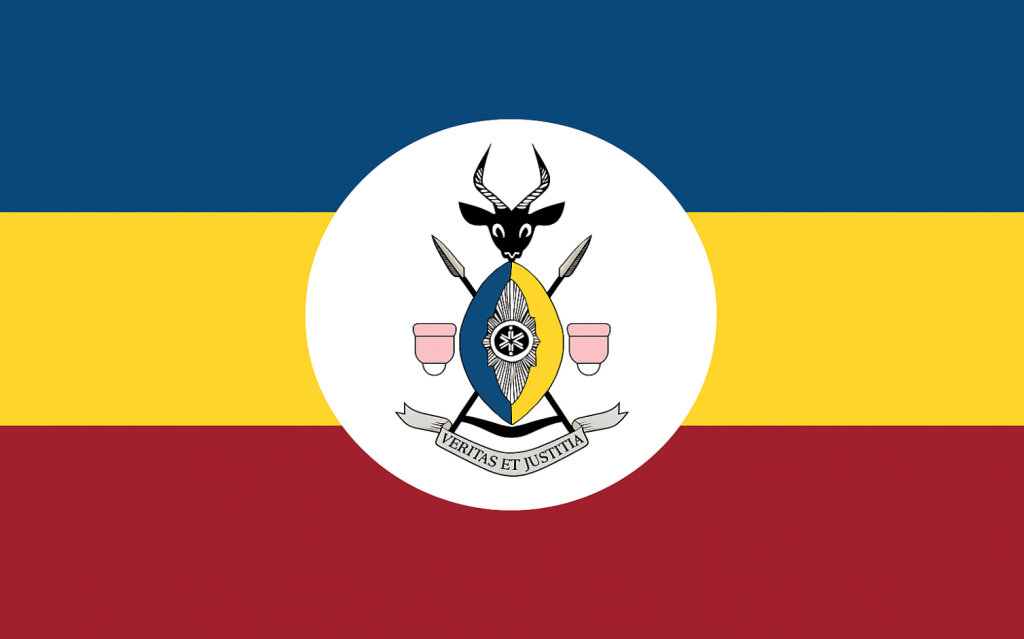
Busoga Kingdom
The Busoga Kingdom, located in eastern Uganda, is a culturally rich and historically significant kingdom headed by the Kyabazinga (king). It unites several chiefdoms, with its capital at Bugembe near Jinja — Uganda’s tourism hub.
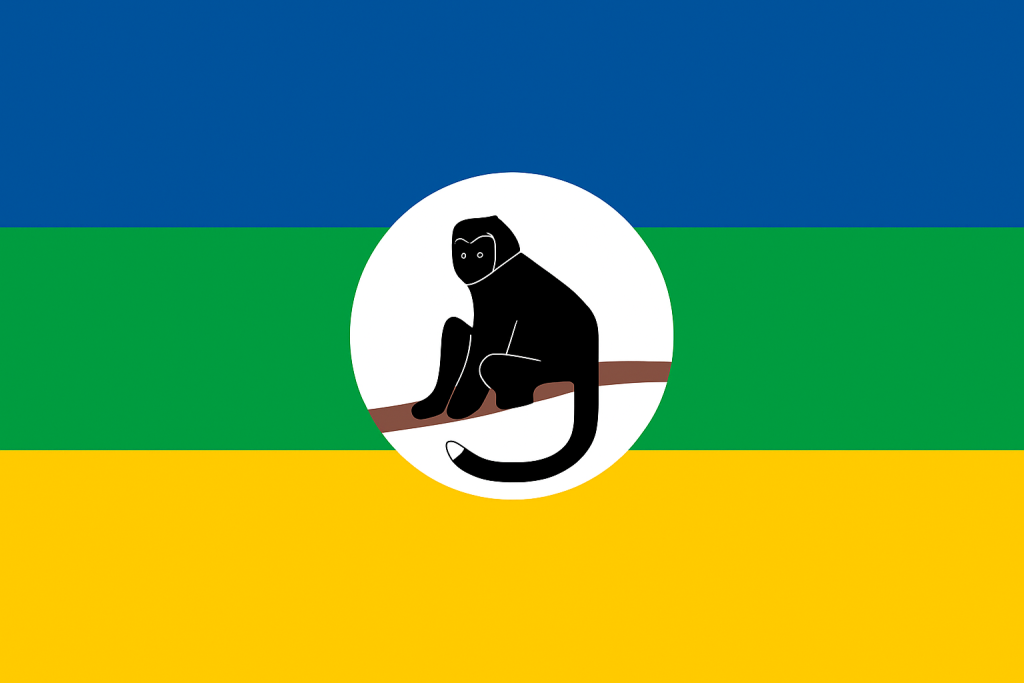
Rwenzururu Kingdom
The Rwenzururu Kingdom, located in the Rwenzori Mountains region of western Uganda, is a culturally unique kingdom of the Bakonzo and Bamba people, with its royal seat in Kasese.The king is known as the Omusinga.
“Nature and culture are deeply connected in Uganda — many traditions, stories, and lifestyles revolve around the environment (like totems, sacred forests, etc.)”.
